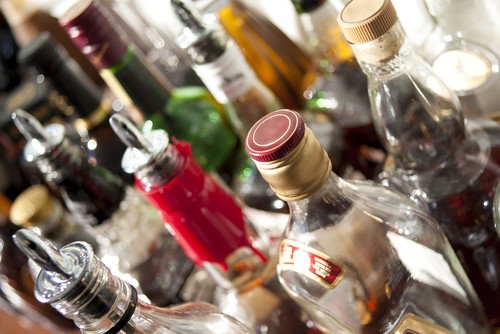
A common modus operandi for criminals counterfeiting spirits is to reuse genuine bottles and caps, making the fraud harder to detect. Now, researchers in Brazil say they have found a forensic method that can spot reused caps.
They used Fourier-Transform infrared spectroscopy (FT-IR) and time-domain nuclear magnetic resonance (TD-NMR) to detect changes in plastic caps, which are usually heated to make it easier to remove them intact, for reuse after bottles are re-filled and re-sealed.
The process removes the need for counterfeiters to use falsified bottle caps, which while they may resemble those used by the brand owner often have telltale differences in pigment tonality or the thickness and hardness of the polymeric material used.
According to the World Health Organization (WHO), around 25 per cent of the liquors consumed in the world come from illegal sources, generally either bootleg spirits or counterfeits that can contain harmful chemicals.
There has been a string of incidents in recent years that have led to dozens or even hundreds of fatalities resulting from the consumption of illicit alcohol products containing methanol, anti-freeze or other noxious substances.
“In addition to endangering consumers’ health, such fraudulent activities are imposing significant financial burden for the genuine suppliers and ruining their reputation as well as [increasing] the costs by manufacturers on authentication and security strategies such as elaborate seals and graphical features like holograms,” write the researchers in the paper, published in Microchemical Journal.
The team used TD-NMR as a cheaper, more accessible alternative to high-resolution NMR analysis, which is widely used in forensics but uses equipment that is both bulky and expensive to buy and run.
They tested 120 authentic plastic cap samples, as well as raw polyethylene (PE) or polypropylene (PP) materials use to the make them, provided by the Brazilian Brand Protection Group (BPG), an industry body that represents numerous brand owners including drinks giant Diageo.
The heating was shown to cause changes in the polymer structure which – whilst not visible to the naked eye – were detectable using the analytical techniques with 98 per cent accuracy in a “simple and fast” way, according to the scientists.
“The benchtop TD-NMR system can be a versatile and reliable tool to be employed in the fight of counterfeiting industry, with the advantage of being low-cost and robust,” they conclude.
“Moreover, there are a lot of portable TD-NMR systems in the market which can facilitate their use in the field such as in border regions.”
©
SecuringIndustry.com





